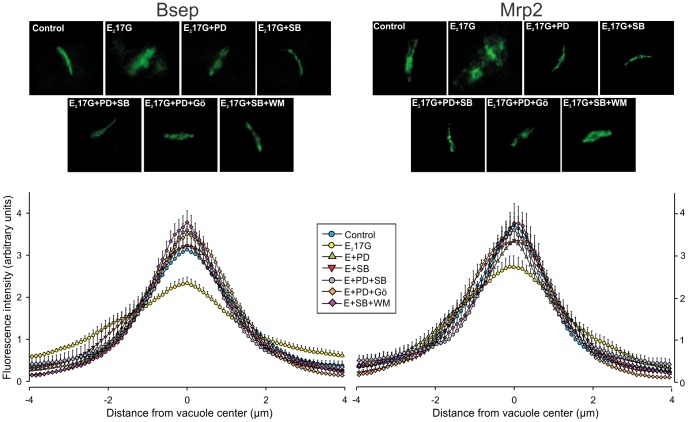Figure 3. Effect of inhibition of p38 or ERK1/2, and coinhibition of cPKC-ERK1/2, PI3K-p38, or p38-ERK1/2 on E217G-induced retrieval of Bsep and Mrp2 in IRHCs.
The upper panels show representative confocal immunofluorescence images of the localization of Bsep and Mrp2 in DMSO-treated (control) or E217G (200 µM)-treated IRHCs, with or without the p38 inhibitor SB203580 (SB; 1 µM) or the ERK1/2 inhibitor PD98059 (PD; 5 µM), in combination or not with the cPKC inhibitor Gö6976 (Gö; 1 µM) or PI3K inhibitor wortmanin (WM; 100 nM). The lower panels show the densitometric analysis of the fluorescence intensity along a line (8 µm) perpendicular to the center of the canalicular vacuole (from +4 to −4 µm). The statistical analysis of the profiles of fluorescence showed a significant change in the E217G-treated group (P<0.05; number of analyzed canalicular vacuoles >10), but this reverted to normal in the E217G-SB, E217G-PD, E217G-PD-SB, E217G-Gö-PD and E217G-WM-SB groups for Bsep and Mrp2.

